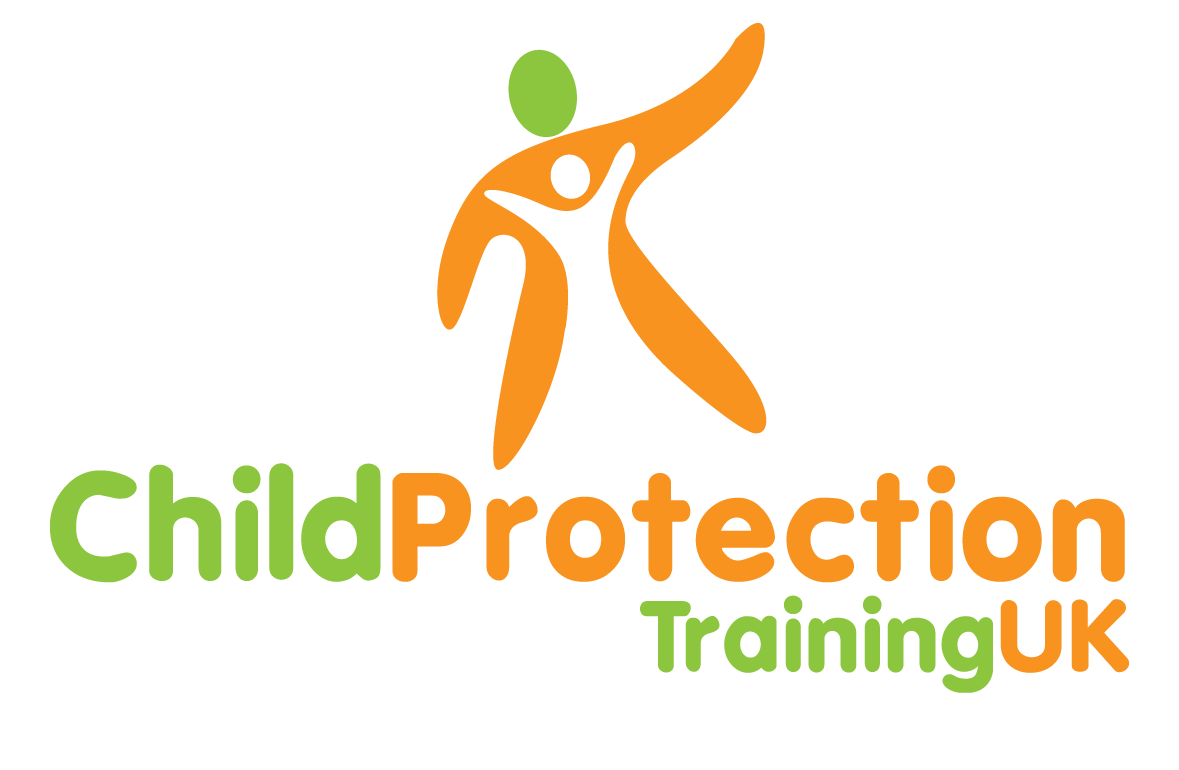| Will reporting restrictions mean that abusive teachers go undetected? |
| Summary: Explains Section 13 of the Education Act 2011 and raises concerns about restrictions on reporting allegations made against teachers. Briefly looks at some of the discussions held in the House of Lords when the Act was still a Bill and suggests that the legislation tilts the bias in favour of the teaching profession when allegations of abuse are made by children. |
| Publication details: Protecting Children Update Issue 85, 2012 pp 12 |
| Authors: Whitehead, Jenni |
Will reporting restrictions mean that abusive teachers go undetected?
Reply

